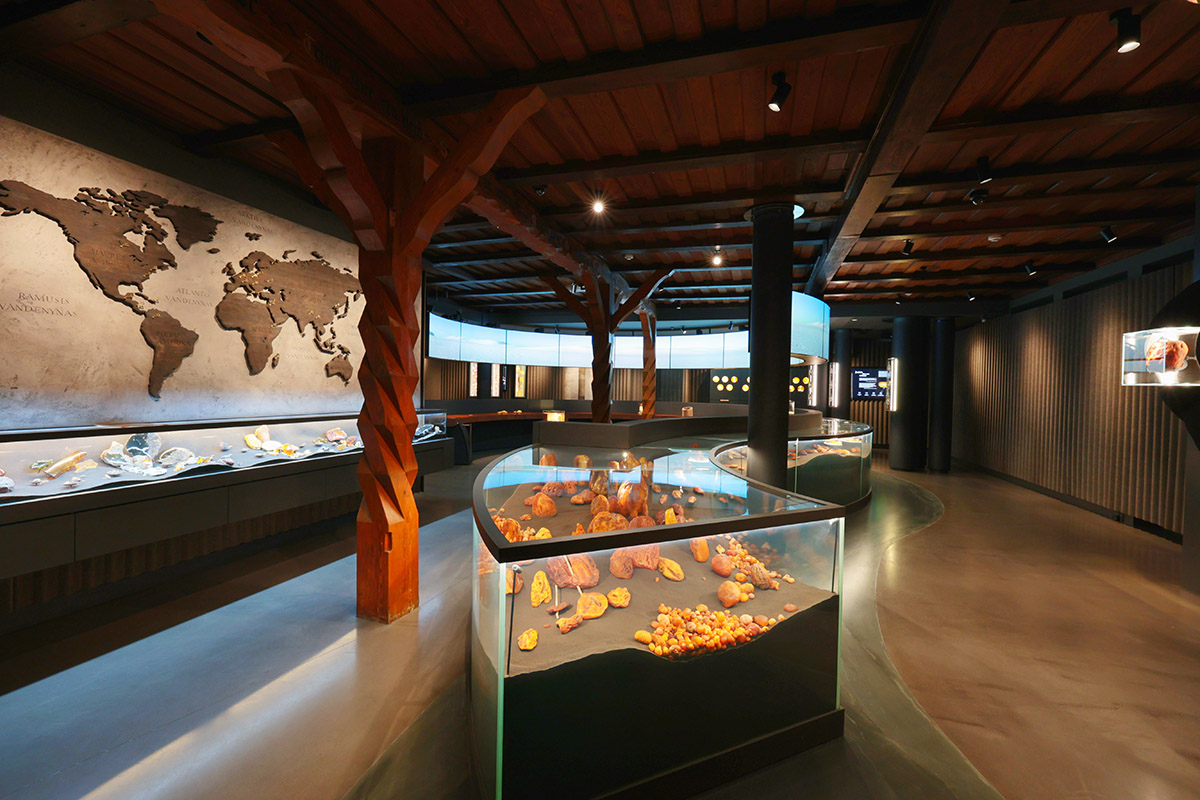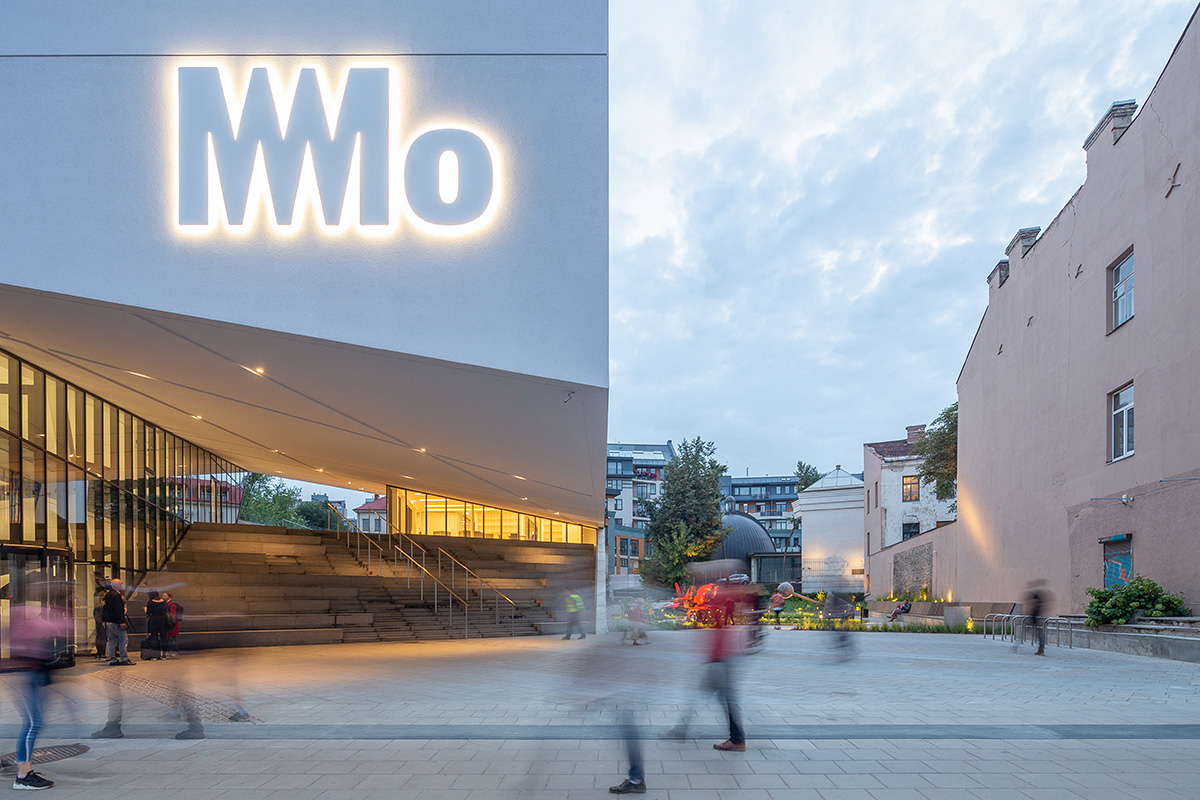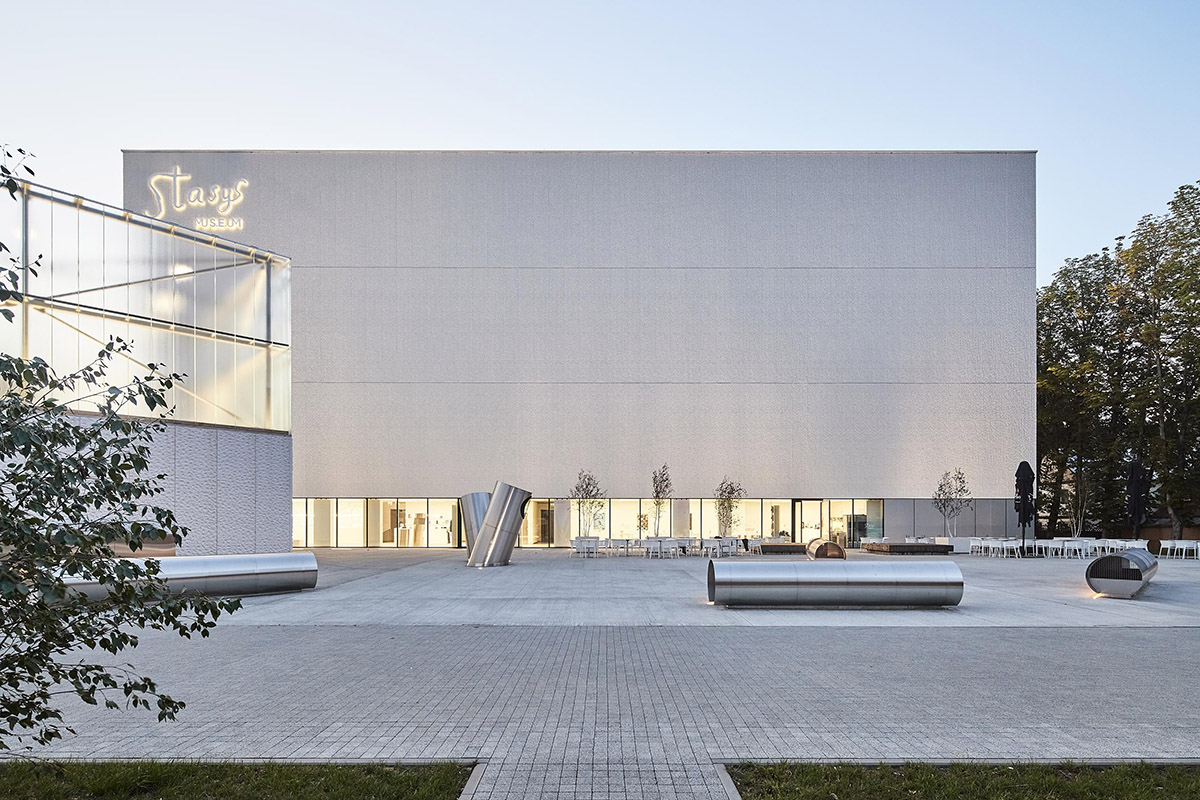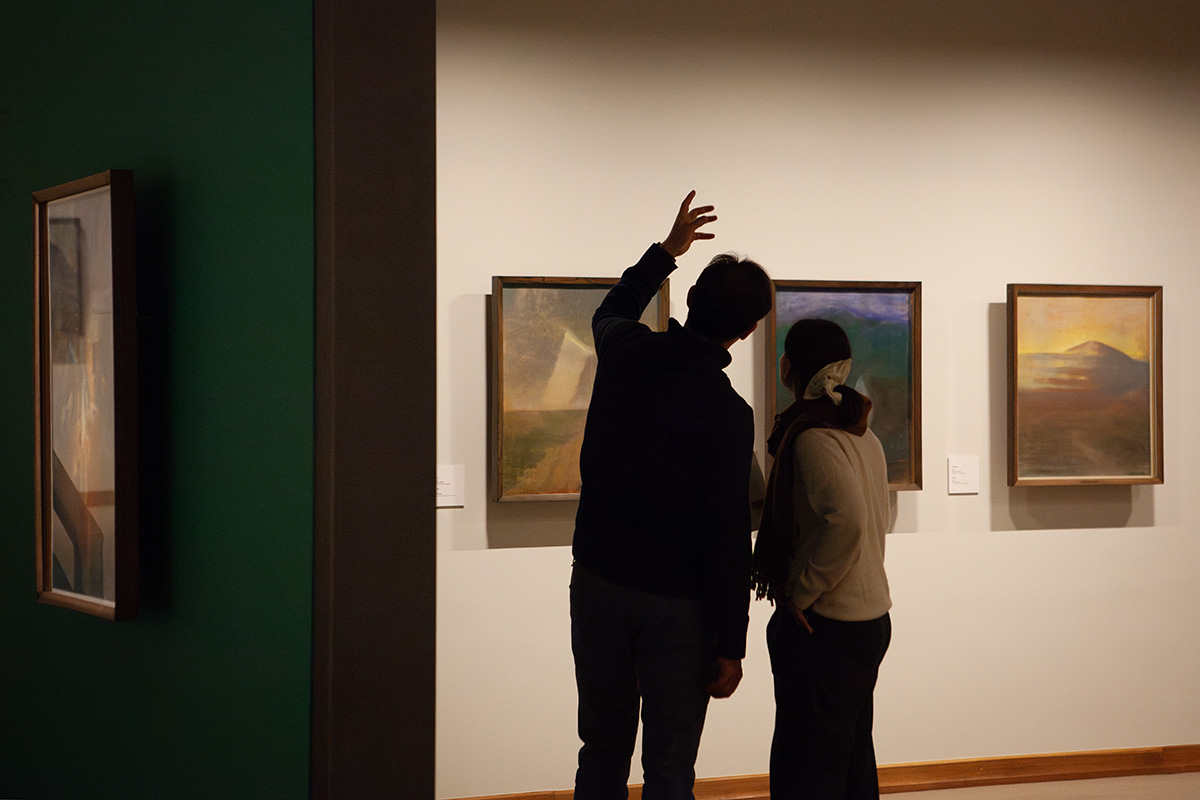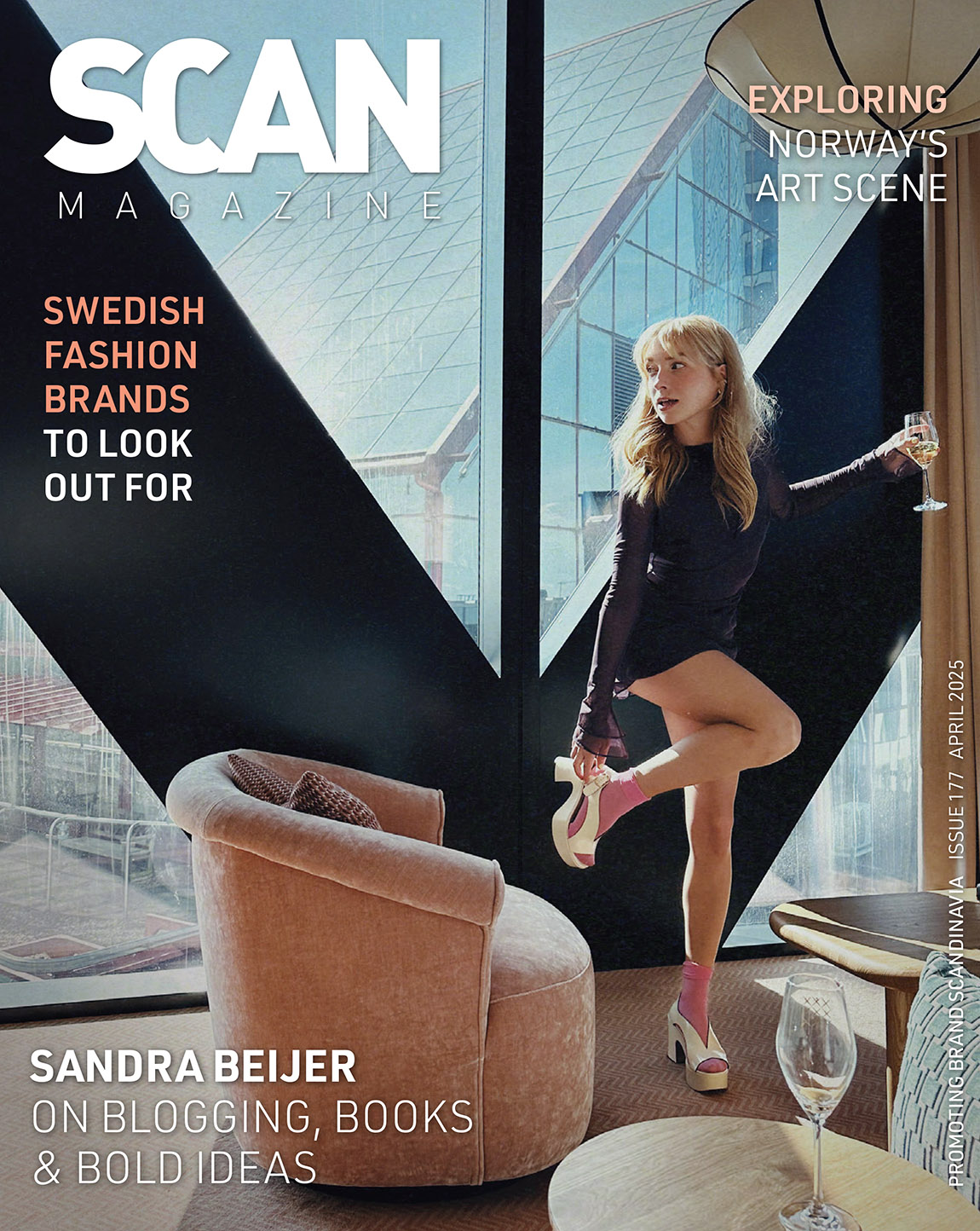Sønderskov Museum: History at a crossroads
By Louise Older Steffensen | Photos: Museet på Sønderskov

One of Sønderskov’s greatest treasures is the Runestone from Malt dating back to 800 AD, one of the oldest and oddest runestones in the world.
Visitors at Sønderskov Museum have all the history of Denmark to explore. As the local history museum for the Vejen region, located in the middle of south Jutland, Sønderskov takes you way back to the Stone Age and through Viking runes, Baroque gardens and 20th-century reunification, all housed in beautifully restored surroundings at a 17th-century manor house.
Sønderskov Manor ended up as Sønderskov Museum in the 1990s, thanks to local dedication and a persistent museum board. By the 1980s, it had been in a sorry state and under imminent threat of demolition – several of the museum’s many local volunteers remember running around its deserted halls as children. Instead, the manor house dating back to 1620 became something of a phoenix, receiving the Europa Nostra award for its restoration. Today, each room tells a story about the building as well as the local area, each tied intricately to the other, and threads a broader history of Denmark and Europe too.
“Vejen means ‘the road’, and we are situated near the old Oxen Road through Jutland. It’s been a junction and a place to cross on journeys between north and south through millennia, and that has brought wealth and new impulses to the region,” says museum curator Ane Bysted. “The area’s history is present in our exhibitions, but just as much in the estate itself, from our beautiful southern-European Baroque garden, which has been approximated and restored from the manor’s original garden drawings, to the wonderful 18th-century wall paintings of knights and mythical figures we rediscovered quite by accident during renovations 30 years ago.”

In 1864, the river Kongeåen, which runs south of Vejen, became the permanent reminder of a national catastrophe. Denmark had lost a war to Germany and over two-fifths of its area, and the new border sliced Jutland in half, following the course of Kongeåen. For 56 years, Vejen lay at the border to Germany and the old Denmark, while Danish-minded people south of the border expressed their sympathies half-secretly in any way they could. This year, Sønderskov Museum is setting up an exhibition to mark the centenary of reunification in 1920. “How do you exhibit a feeling, a longing? We’ll try to do so through the folk songs we still sing today and the emergence of Danish ‘højskoler’ (folk high schools), which originated in this area. They, too, tell a deeply local story which is thoroughly national, and international, as well.”

Sønderskov Museum, Brørup
Web: www.sonderskov.dk Facebook: sonderskov.dk
Subscribe to Our Newsletter
Receive our monthly newsletter by email

